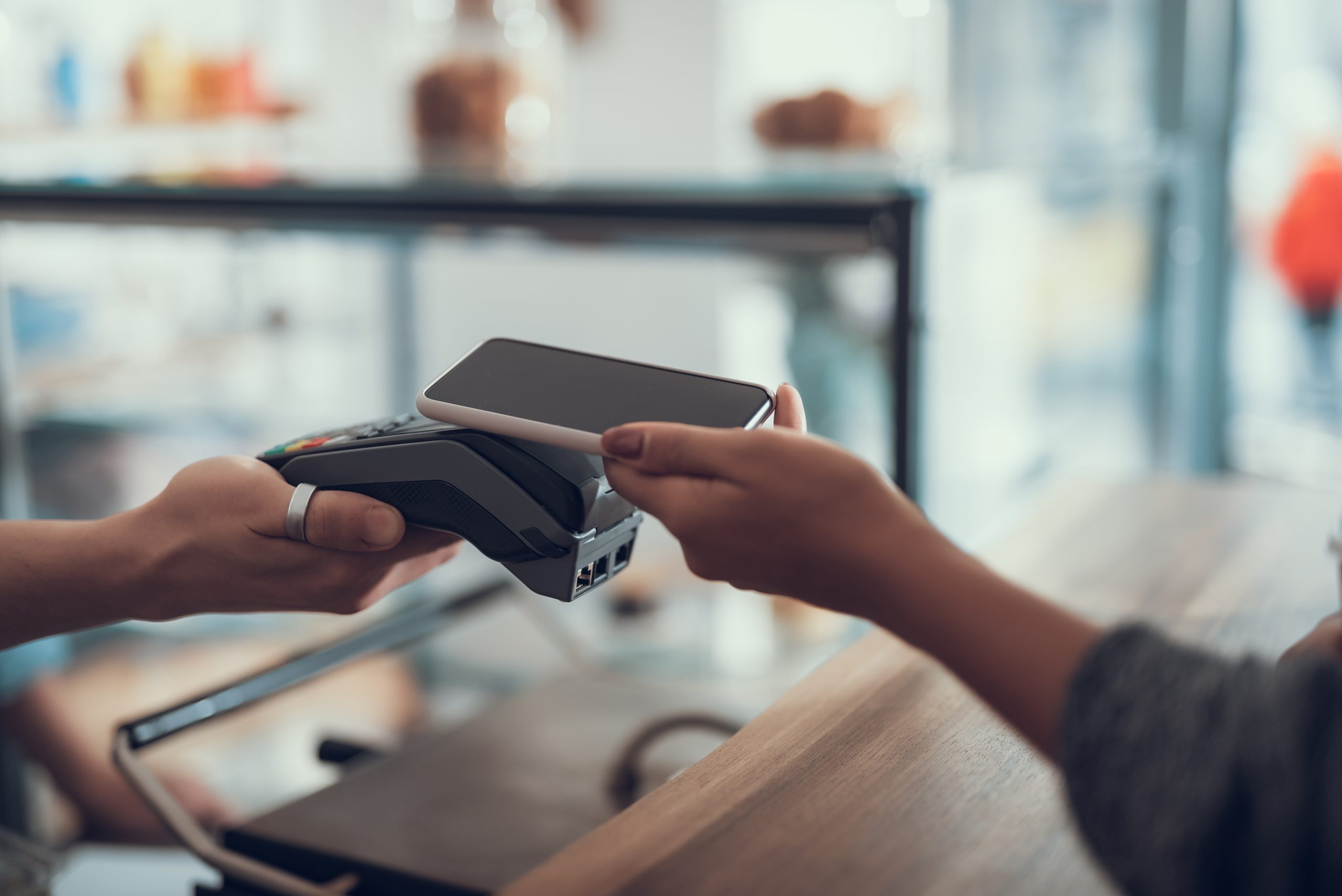1. New consumers to online change the digital payments landscape
As more consumers headed online during the first wave of COVID-19, businesses noticed that their customers were also paying differently. Three quarters (76%) of the businesses we recently asked for our Lost in Transaction research report series said that consumers were using different payment methods during the pandemic, with the increased use of digital wallets being the most common. Having more customers that were new to eCommerce, and customers now shopping regularly with businesses that they were not comfortable sharing their financial details with, were key reasons for this.
Consumers confirmed this was true. When we asked in April, 18% of consumers told us they shopped online for the first time during the pandemic. With 38% of consumers telling us they are planning to shop online more even when COVID-19 is no longer a factor in their lives, we should see this shift to alternative payments continue.
2. Payments becomes a tool to track spending
The same businesses that told us consumers were paying differently during the pandemic also told us consumers’ need to manage their spending more accurately was a key reason for doing so.
This is not new. We have all observed the rise of digital banks, and one of the main advantages of these financial services is a clearer view of how, when, and where you are spending money. But like many other trends, COVID-19 has dramatically accelerated this development.
Apps that not only do this, but also offer tools and financial advice will only grow in popularity in 2021. Prepaid digital payments methods that prevent overspending will also be popular.
3. SCA will drive mass adoption of biometric authentication
Perhaps the first factor to shake up the payments industry in 2021 is going to have the greatest impact of any trend we will see in the coming year. That is because, after a series of extensions, the deadline for PSD2 Strong Customer Authentication is fast approaching. From December 31 2020 any transaction that isn’t verified by multi-factor authentication will be automatically declined.
One of the inevitable consequences of this is going to be a huge increase in the use of biometrics to verify payments. With the growth of mCommerce that we have seen before and during COVID-19, it seems very likely this will accelerate beyond predictions made at the initial SCA deadline in 2019. Juniper Research has already predicted that biometrics will be used for more than 18 billion transactions in 2021, with a value exceeding $210 billion in 2021.
4. Real-time payments goes global
One prediction we made this time last year was the growth of real-time payments in the US. This trend is going to continue in 2021, with the value of the US real time payments markets predicted to increase by 50% between 2019 and 2021, but growth will not be limited to the US.
One forecast predicts the global real-time payments market will increase at a rate of +29% CAGR between 2020 and 2025. For sure COVID-19 has accelerated demand for real-time payments and this will contribute to its growth; from business continuity, to immediate need for finance for survival, and a changing attitude to cash during the pandemic, there are multiple contributing factors that mean demand for real-time payments will increase further.
5. A renewed focus on 5G
The importance of 5G and the growth of the IOT was another prediction we made for 2020. But while the impact of the pandemic has been to accelerate many of the trends we expected to see, perhaps one area where the pandemic has actually slowed adoption is the growth of 5G. With consumers spending so much time at home, appetite for personal 5G-enabled devices has been limited.
But at the same time, the need for the in-store shopping experience to be as frictionless as possible is now more important than ever. Almost half (46%) of businesses told us that they had lost sales in 2020 because their checkout times were too slow. So the use of 5G technology to overhaul the checkout will be back at the top of retailers’ agendas.
Almost half (47%) of stores told us that 5G will mean the end of the traditional checkout, and more than half (53%) believe that Amazon-Go style frictionless checkouts are the future of retail. Omnichannel experiences where consumers shop in a store and then pay via a digital checkout on a smartphone app are also on businesses’ radars.
6. A surge in subscription models
Almost one fifth (18%) of stores told us that they had launched a subscription service during the pandemic, and this is not only a result of business need but also customer demand. Overall, 27% of consumers told us that they were already planning to increase the number of subscriptions they had in the future, and this rose to 37% for consumers aged 18-34.
The growth will not be limited to digital either. Pret A Manger recently launched the first in-store coffee subscription service in the UK, and we expect to see similar models populating malls and independent stores soon.
Also, only the initial purchase of a subscription is subject to PSD2 multi-factor authentication. So for some businesses, launching a subscription service may be a way to reduce friction in the online checkout.
7. Paying with crypto goes mainstream
Finding real world use cases for cryptocurrencies beyond the store of wealth has been a high priority for fintechs for a number of years. Tech giants have taken on the challenge as well, particularly when it comes to enabling payments. And while projects such as Facebook Libra have suffered setbacks including regulatory challenges, 2021 may be the year that crypto payments break through into the eCommerce ecosystem.
We have already seen announcements from some of the biggest payments technology operators that enabling customers to pay merchants using cryptocurrencies in 2021 is a priority, potentially paving the way for fast growth in this area.
8. AI and machine learning as the cornerstone of fraud prevention
We’ve known about the importance of artificial intelligence (AI) and machine learning to financial services for years, but in many cases the industry has been slow to implement the technology. With the sophistication of financial crime increasing, and the growing concerns of consumers of being a victim of fraud, it is no surprise that adoption is now accelerating rapidly.
Banks have spent as much as $217bn on AI applications already, and in 2021 AI and machine learning based systems will be the standard in fraud prevention.
9. Businesses will turn to digital loyalty apps as well as payments
As businesses increasingly turn to digital payments as the new norm, an opportunity is developing to engage with customers deeply on a digital level as well. Rewards, discount vouchers, points cards, and other loyalty schemes will become further integrated into the digital payment processes businesses begin to offer, including the development of branded checkout apps that allow customers to pay digitally in store and continue to engage in a traditional way.
10. Further growth of digital peer-to-peer payments
One final trend we predicted last year that bears revisiting in the growth of digital peer-to-peer (P2P) payments. In the US, 2021 has long been predicted as the year that more than 50% of consumers actively use P2P apps to send money to friends and family, but with cash use declining in the US in the wake of the pandemic this prediction may be an underestimate. In other regions, such as South America, P2P payment apps also set to explode in popularity in the next 12 months.
Similarly, while the international remittances market is predicted to shrink overall in 2021, the percentage of remittances that are made using digital remittance methods will significantly increase, with the declining use of cash and greater familiarity with these services due to physical remittances stores being closed at points during 2020.
Article Credit www.Paysafe.com






